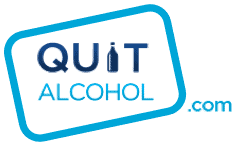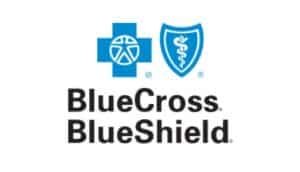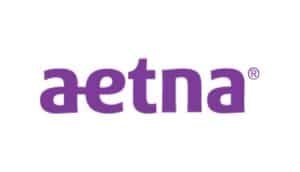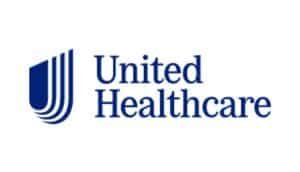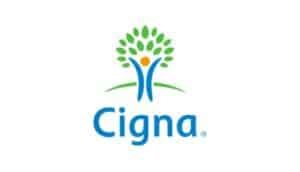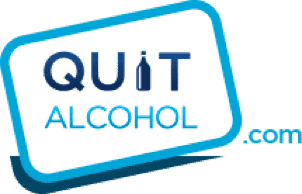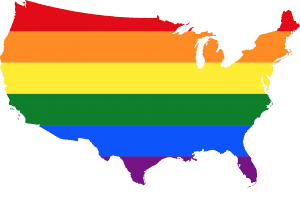 As a lesbian, gay, bisexual, or transgender (LGBT) individual, you are faced with many unnecessary challenges. One of which is related to receiving treatment for a drug or alcohol addiction. You may not feel comfortable seeking treatment through traditional means, which can have a negative impact on the progress you make.
As a lesbian, gay, bisexual, or transgender (LGBT) individual, you are faced with many unnecessary challenges. One of which is related to receiving treatment for a drug or alcohol addiction. You may not feel comfortable seeking treatment through traditional means, which can have a negative impact on the progress you make.
Drug abuse and addiction continue to present challenges for the lesbian, gay, bisexual, and transgender community. There is not much research available regarding actual statistics and data, but it is believed that the rate of substance abuse is higher within the LGBT community than the general population.
For example, preliminary research by the Journal of Substance Abuse Treatment shows that LGBT youths are more likely to develop a serious addiction. Additionally, once these youths are facing addiction, they are less likely to seek treatment at a professional rehab facility.
Reasons for High LGBT Addiction Rates
There is no denying the fact that the LGBT population suffers from drug addiction. What is not as clear, however, is why the community is impacted by such high rates of drug and alcohol abuse. Some of the many reasons for this may include:
- A high rate of depression within the LGBT community.
- An option for escaping a reality that is not often kind.
- Way to ease any guilt associated with living an LGBT life.
- Peer pressure, both from LGBT and non-LGBT individuals.
Many of the reasons contributing to addiction and abuse often prevent these people from seeking professional treatment. For some, fear associated with finding an LGBT rehabilitation facility is very real. As a result, they continue to face the issue on their own, never seeking assistance.
How to Find the Best Treatment Center
As more and more people require the services of LGBT rehabilitation, it is only natural for recovery centers to take note. This is beneficial, as it has led to more LGBT individuals finding high quality, targeted treatment.
In short, the best treatment centers are those that have the experience and knowledge to meet the unique needs of the LGBT community. In some ways, the treatment approach is the same as it is with all individuals who have a drug or alcohol problem. On the other hand, there are things that must be done to cater to the needs of the lesbian, gay, bisexual and transgender population.
One of the primary benefits of LGBT treatment is a focus on research-based therapy. This includes group meetings, where people get to understand the challenges facing other LGBT individuals, as well as one-on-one sessions with counselors and psychologists.
During both group and individual sessions, patients focus on details such as:
- How to respond to discrimination.
- The best way to build strong relationships with others, including family and friends.
- Developing an identity.
- Dealing with mental issues, ranging from anxiety to depression.
- Information on how to “come out.”
What about medication? To go along with a standard approach to treatment, such as detoxification, medication is oftentimes used during LGBT addiction treatment.
Prescription medication is often the best way to deal with uncomfortable withdrawal symptoms. These can also help a person stabilize his or her mood, thus making it easier to move through the rehabilitation process.
Note: heroin, for example, is commonly abused within the LGBT community. There are many prescription drugs that treat this type of addiction, including but not limited to methadone, buprenorphine, and naltrexone.
Is Specialized Treatment Really Available?
As an LGBT individual seeking professional treatment, finding the right facility could be the difference between immediate success and long term failure.
According to a 2007 study, specialized treatment for LGBTs may not be as widespread as it appears. Researchers contacted 854 substance abuse treatment centers that made note of LGBT programs in the National Survey of Substance Abuse Treatment Services.
However, when each treatment center was contacted for more information on LGBT services, the results were less than stellar:
- At the time of contact, nearly 71 percent of facilities said they have no specialized LGBT programs.
- 9 percent reported that while they previously had such services, they no longer exist.
- Approximately seven percent noted specialized LGBT programs.
While these numbers can and do change from year to year, it is easy to see how confusing and challenging it can be for an LGBT individual to find a facility that provides the type of treatment they require.
The Affordable Care Act and LGBT Treatment
The Affordable Care Act was implemented to ensure equal access to coverage among all people. From an LGBT perspective, this means many things.
The Substance Abuse and Mental Health Services Administration (SAMHSA) adds the following:
“Plans cannot deny coverage because of pre-existing conditions, including behavioral health conditions, HIV, or a transgender medical history, and enrollees cannot be dropped from coverage except in cases of intentional fraud or nonpayment of premiums. Also, there are no more annual or lifetime dollar limits on essential benefits under private plans.”
This provides LGBT individuals with peace of mind, knowing that they cannot be denied coverage or discriminated against as the result of their lifestyle. This allows them to access a variety of treatment services, including those for drug and alcohol addiction.
Important Statistics
Here are some additional statistics associated with the LGBT community:
- More than two percent of adults aged 18 and older in the United States identify as an LGBT individual. This equals more than five million people. (Kaiser Family Foundation)
- LGBT individuals experience a high level of poverty, with approximately 20 percent of gay and bisexual men and 20 percent of lesbian and bisexual women living in poverty. Furthermore, 25 percent of transgender Americans report a household income of $20,000 or less. (SAMHSA)
- A higher number of gay (40 percent) and lesbian (33 percent) men and women report consuming five or more alcoholic beverages in one day than heterosexual adults (22 percent). (Kaiser Family Foundation)
Conclusion
With LGBT individuals located from one side of the country to the next, it is more important than ever for this group to have access to rehab and addiction resources.
Facilities that offer LGBT specific treatment are in a position to help these individuals overcome any addiction life may throw at them.
